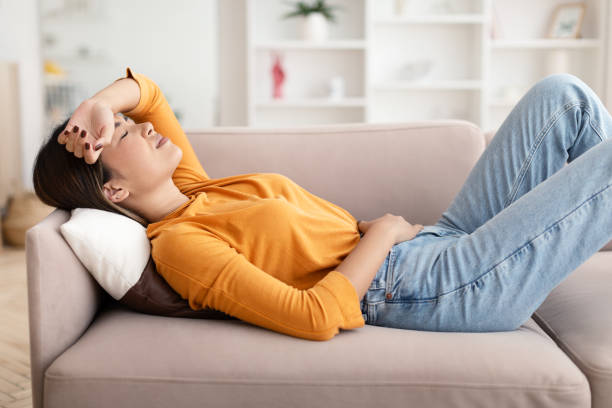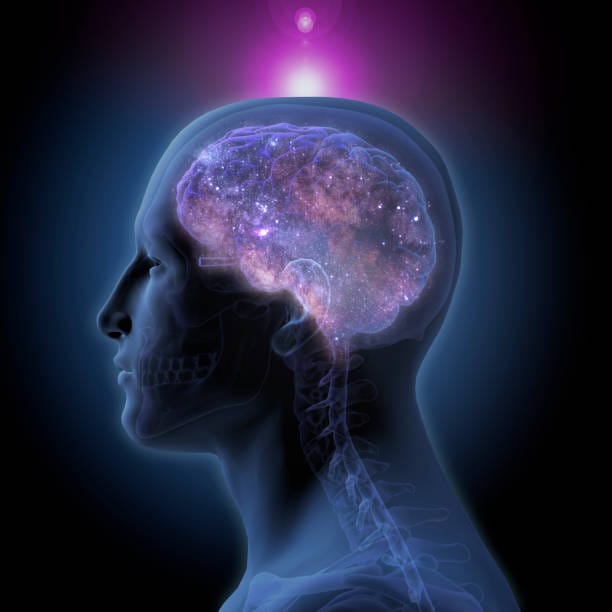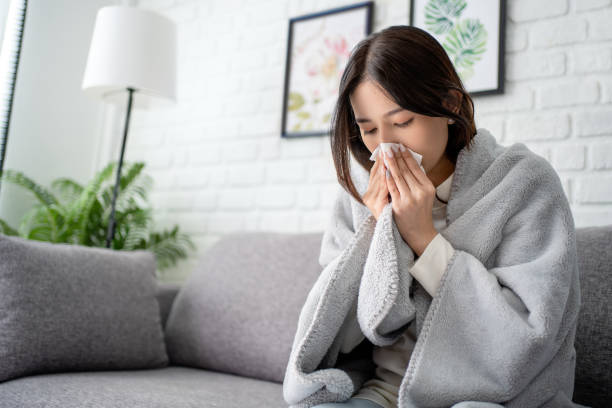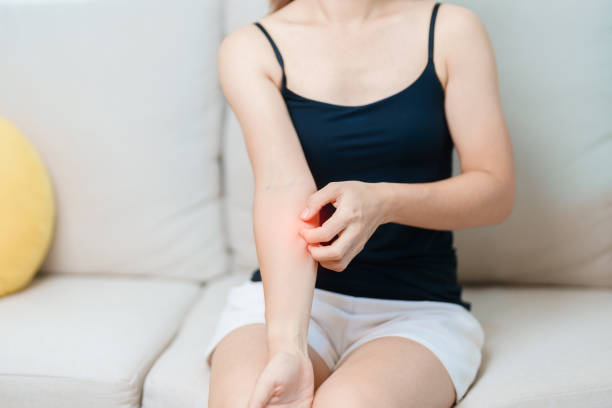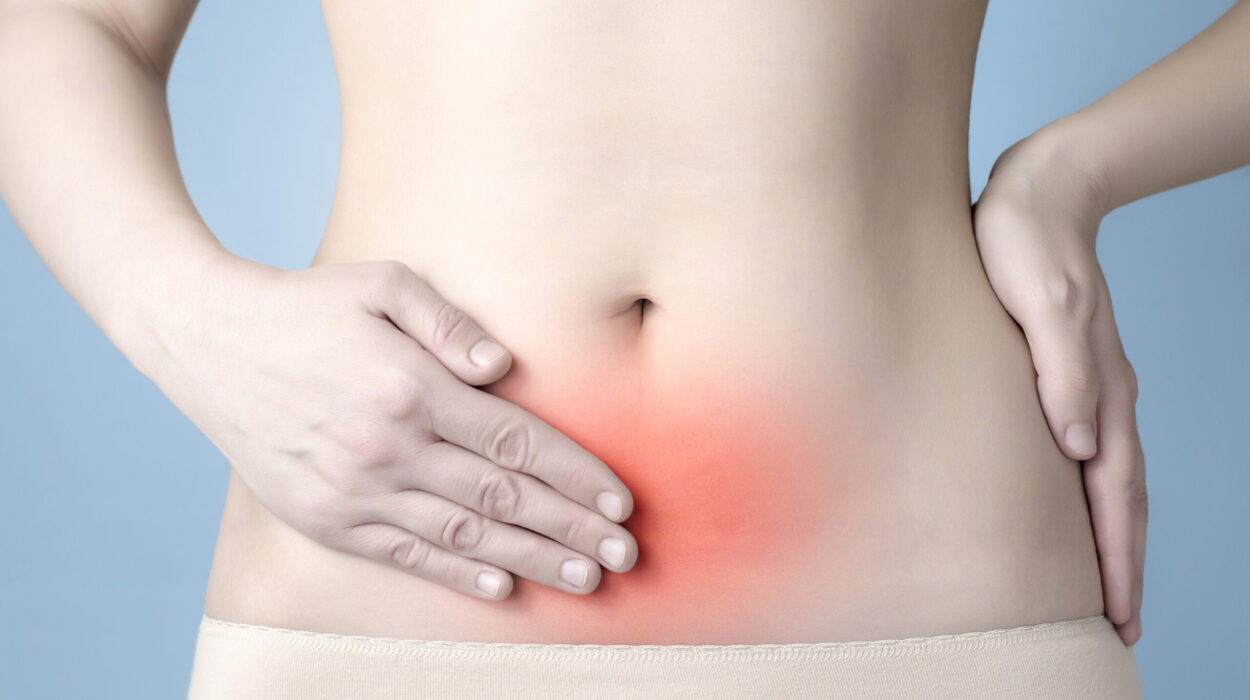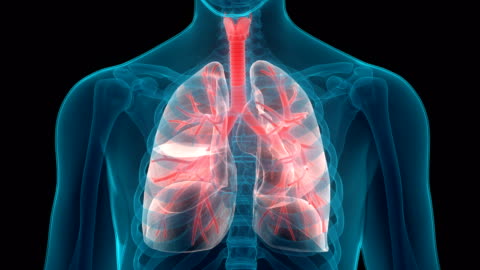Every month, millions of women around the world brace themselves for the familiar wave of discomfort known as menstrual cramps. While some breeze through their cycle with little more than a sigh, others are met with days of aching, stabbing, dragging pain that seems to sink into their bones. Menstrual cramps—medically termed dysmenorrhea—aren’t just “part of being a woman.” They’re a real, visceral experience shaped by biology, lifestyle, and sometimes even emotional health.
Typically, cramps happen when the uterus contracts to help shed its lining. These contractions are triggered by prostaglandins, hormone-like substances that, when produced in excess, cause more severe pain and inflammation. While many reach for over-the-counter medications for relief, not everyone can—or wants to—rely on pills. The good news is that the body has its own healing intelligence, and with the right support, it can often soothe itself naturally.
The Magic of Movement: How Exercise Helps Ease Cramps
At first glance, the idea of lacing up your sneakers and going for a run when your lower abdomen feels like a pressure cooker might sound absurd. But science—and centuries of experience—say otherwise. Physical movement increases blood circulation, helping to ease the muscle contractions that cause cramps. Even more, exercise prompts the release of endorphins, your body’s natural painkillers.
You don’t have to push through an intense workout to feel the benefits. Gentle forms of exercise, like stretching, walking, or yoga, can relax the pelvic muscles and reduce inflammation. In fact, yoga postures that open up the hips and relax the lower back—like Child’s Pose or Reclining Bound Angle—are often soothing. Movement also encourages the lymphatic system to flush out toxins, which can otherwise accumulate and contribute to pain.
So while curling up in a fetal position may feel like the only option, unrolling a yoga mat could be the beginning of profound relief.
The Warm Embrace of Heat Therapy
There’s something primal and profoundly comforting about warmth. Whether it’s a cozy blanket, a steaming mug of tea, or a hot bath, heat speaks directly to the nervous system, whispering, “Relax.”
Heat therapy works by improving blood flow to the area, which helps loosen up the contracting muscles of the uterus. This improved circulation not only reduces the intensity of cramps but also helps clear out the prostaglandins responsible for inflammation and pain.
A hot water bottle or heating pad placed on the lower abdomen is a time-tested remedy, but don’t underestimate the power of a warm bath. Add some Epsom salts to the tub and the magnesium absorbed through the skin can enhance muscle relaxation. Even warming your feet can create a systemic effect—helping dilate blood vessels and send a message of calm to your entire body.
The magic here isn’t just physical. Heat can slow down the “fight or flight” response, easing anxiety and encouraging the parasympathetic nervous system to take the reins, which is exactly what your body needs when it’s in discomfort.
Food as Medicine: Anti-Inflammatory Eating for Period Relief
Your menstrual cycle doesn’t exist in a vacuum—it’s intricately linked to your overall lifestyle, including what’s on your plate. Diet plays a powerful role in either stoking the fires of inflammation or cooling them down.
High-sugar, processed foods and excess caffeine can worsen cramps by promoting prostaglandin production and triggering bloating. In contrast, a diet rich in anti-inflammatory foods can help keep your hormone levels balanced and reduce the intensity of cramps. Think leafy greens, fatty fish, turmeric, ginger, berries, and whole grains.
Magnesium-rich foods like bananas, almonds, dark chocolate, and avocados help relax the muscles. Omega-3 fatty acids, found in flaxseeds, chia seeds, and salmon, have been shown in studies to significantly reduce menstrual pain. And let’s not forget hydration—water helps reduce bloating and supports all metabolic processes, including the detoxification of excess estrogen and prostaglandins.
So rather than treating your period as a temporary nuisance, consider it an invitation to nourish yourself more deeply. Food isn’t just sustenance during your cycle—it can be your ally.
The Calming Power of Herbal Remedies
Long before pharmaceutical companies were bottling ibuprofen, nature was offering up remedies for menstrual woes. Herbs have been used for centuries across cultures to soothe the symptoms of menstruation, and many of them have real science behind their effectiveness.
Cramp bark (yes, it’s really called that) is known for its muscle-relaxing properties and is often used by herbalists to ease uterine spasms. Raspberry leaf tea, often called “the woman’s herb,” helps tone the uterine muscles and reduce inflammation. Ginger and turmeric are natural anti-inflammatories that can reduce the prostaglandins that cause cramps.
Chamomile and peppermint teas not only offer a comforting ritual during your period but also act as mild antispasmodics. These herbs work on both the digestive and uterine muscles, which is especially helpful if your cramps come with nausea or bloating.
When choosing herbal remedies, it’s important to use quality sources and consult with a knowledgeable practitioner, especially if you’re on other medications. But used correctly, these plant allies can become an empowering part of your monthly self-care.
The Role of Rest and Sleep in Healing
In our always-on culture, rest can feel like a luxury rather than a necessity. But when it comes to menstrual cramps, getting enough sleep is one of the most underrated forms of pain relief.
During your period, your body is already doing a significant amount of internal work. The uterus is contracting and shedding its lining, your hormone levels are in flux, and your immune system is more active than usual. All of this requires energy—and rest helps your body regenerate.
Sleep also regulates cortisol, your stress hormone, which if elevated, can worsen inflammation and menstrual pain. Moreover, during deep sleep, your body repairs tissues and recalibrates its hormonal balance.
If cramps are keeping you up at night, try creating a bedtime ritual that involves herbal teas, a warm compress, and a quiet, darkened room. Limiting screen time before bed and practicing deep breathing or meditation can also help signal to your body that it’s time to rest and heal.
Breath, Meditation, and Mindfulness: The Nervous System Reset
The uterus, like any muscle, is deeply influenced by the nervous system. When you’re stressed, anxious, or tense, your muscles—including those in your pelvic region—tighten up. This creates a feedback loop: the more tense you are, the more pain you feel.
Practicing mindful breathing and meditation offers a gentle but powerful way to break that cycle. Deep belly breathing sends a signal to your parasympathetic nervous system to calm down. It slows the heart rate, lowers cortisol, and helps your muscles release.
Visualization techniques, where you imagine your uterus relaxing or picture pain leaving your body with each breath, can also be surprisingly effective. These aren’t just placebo tricks—brain scans have shown that meditation can physically change pain perception pathways.
Mindfulness also helps you stay present, rather than catastrophizing the pain. By shifting your relationship to the discomfort, you can reduce the suffering associated with it. Pain may be inevitable, but how we experience it is, to some degree, malleable.
Massage and Acupressure: Ancient Wisdom, Modern Relief
Touch is a deeply healing act. Massaging your abdomen during your period can help relax tense muscles, increase blood flow, and release feel-good hormones like oxytocin. Even just five to ten minutes of gentle, circular massage with warm oil can make a tangible difference in cramp intensity.
Essential oils can amplify the effect. Lavender is calming, clary sage has been shown to help regulate estrogen, and marjoram and cinnamon are known for their antispasmodic properties. Blending these into a carrier oil like coconut or almond oil creates a soothing, therapeutic experience.
Acupressure points like SP6 (located about three finger-widths above the inner ankle bone) are known to influence the uterus and reproductive organs. Applying gentle pressure to this point for a few minutes during cramps can stimulate qi (energy) flow and provide surprising relief.
In many cultures, touch and healing go hand in hand. Whether it’s self-massage, acupressure, or a partner offering supportive touch, the body responds powerfully to compassionate contact.
Hydration, Bloating, and the Fluid Connection
While it might seem counterintuitive, drinking more water can actually help reduce bloating and ease cramps. Dehydration causes tissues to retain water, leading to puffiness and increased sensitivity in the abdomen. Staying hydrated flushes the kidneys, supports detoxification, and improves circulation—all of which ease menstrual pain.
Warm water, in particular, helps relax muscles and dilates blood vessels. Adding lemon to your water supports the liver in clearing out excess estrogen, which can worsen cramping when unbalanced. Herbal teas also count toward your hydration and add the added benefit of medicinal properties.
If water retention is a big issue for you during your period, cutting back on salty snacks and processed foods can make a noticeable difference. Water is life, and during your cycle, it’s also one of your most powerful allies.
Understanding the Mind-Body Connection
The uterus is a highly sensitive organ that responds not only to hormones but also to emotions. Many women notice that emotional stress—whether it’s from work, relationships, or unresolved grief—can make their periods more painful.
This isn’t all in your head. Emotional tension causes muscular tension, and just like your shoulders tighten under stress, your uterus can too. Learning to tune into your emotions and offer yourself compassion can create a space for healing that goes beyond the physical.
Journaling during your period can be a powerful way to explore what’s coming up for you emotionally. Some therapists even encourage tracking emotional themes with your cycle to uncover patterns. When you honor your feelings instead of suppressing them, your body often responds with less resistance—and less pain.
Environmental and Lifestyle Factors That Influence Cramping
Your menstrual health doesn’t exist in a vacuum. It’s shaped by the air you breathe, the products you use, the sleep you get, and the stress you carry. Endocrine-disrupting chemicals (EDCs) found in plastics, cosmetics, and even cleaning supplies can throw off your hormonal balance and worsen cramps over time.
Switching to non-toxic period products, drinking from stainless steel instead of plastic bottles, and using natural skincare can lighten your body’s toxic burden. Even small changes, over time, create a more supportive internal environment.
Exercise, joy, rest, and nourishing relationships are also forms of medicine. A healthy lifestyle doesn’t mean perfection—it means creating a foundation where your body feels safe, supported, and able to function as it was designed to.
When to Seek Help: Honoring Your Body’s Signals
While many menstrual cramps are considered “normal,” severe or debilitating pain shouldn’t be brushed off. Conditions like endometriosis, adenomyosis, or fibroids can mimic or amplify menstrual pain, and natural methods may only provide partial relief.
If your cramps interfere with daily life, cause you to miss work or school, or don’t improve despite your efforts, it’s important to consult a healthcare provider. The goal isn’t just to survive your cycle—it’s to thrive in your body.
Listening to your body’s signals with respect, rather than shame, is a revolutionary act. Pain is not weakness—it’s communication. And the more we learn to speak the language of our bodies, the more empowered we become.
The Empowered Period: Reclaiming Your Cycle
Relieving menstrual cramps without medication isn’t about gritting your teeth and pushing through. It’s about reconnecting with the wisdom of your body, tuning into its rhythms, and offering it the care and compassion it deserves.
When we take the time to move, rest, nourish, and soothe ourselves naturally, we begin to transform our relationship with menstruation. It becomes less of a monthly burden and more of an opportunity—to slow down, to listen, and to heal.
Our ancestors once saw menstruation as a sacred time, a natural shedding and renewal. Maybe it’s time we did too. Because with the right tools, support, and mindset, menstrual cramps don’t have to control you. You can learn to work with your body, not against it—and in doing so, discover a new level of strength, wisdom, and grace.
